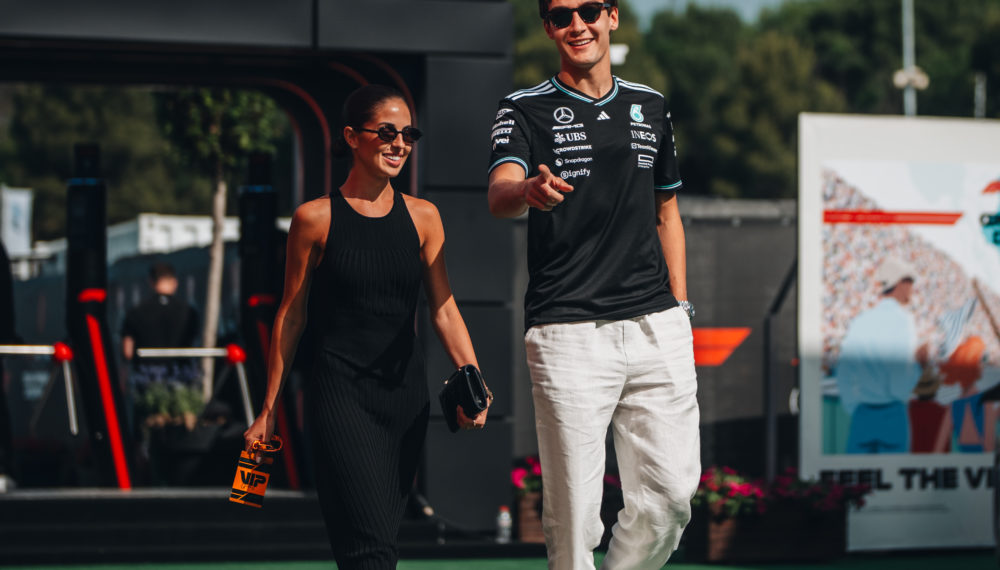American racing driver John Cooper Fitch has died at the age of 95. Fitch passed away on October 31, 2012 at his home near Lime Rock Park, Connecticut/USA. Mercedes-Benz here pays its respects to his life – a life spent devoted to the automobile and to motorsport. The immediate points of contact between Fitch and Mercedes-Benz over the course of his career were comparatively brief – but highly significant.
Fitch’s first race for Mercedes-Benz was in 1952, driving the legendary 300 SL racing sports car (W 194) in the gruelling Carrera Panamericana race across Mexico. At the time, Fitch was considered one of the best in his field: “Auto” magazine of April 1952 named him as “One of the small handful of top drivers in the US”. And Fitch certainly lived up to these expectations, crossing the finishing line in his 300 SL racing sports car with roadster body among the race leaders. He was subsequently disqualified for returning to the garage after the start of the penultimate stage of the race to adjust the wheel alignment of his car.
Class victory in the 1955 Mille Miglia
Fitch achieved his great triumph for the brand in the legendary road race through Italy, the Mille Miglia, in 1955: then 37, he took the class victory as well as fifth place in the overall classification in his black Mercedes-Benz 300 SL (W 198) with the starting number 417. With this result, the American put the seal on Mercedes-Benz’s overwhelming success in this particular Mille Miglia. For the Stuttgart team were able to celebrate two double victories at once: the overall classification was dominated by Stirling Moss (with Denis Jenkinson as co-driver) and second-placed Juan Manuel Fangio, each in a 300 SLR (W 196 S), while the GT class over 1.3 litres displacement was won by Fitch (with Kurt Gesel as co-driver) followed by Olivier Gendebien (with Jacques Washer in the co-driver’s seat, overall placement 7).
Following the Mille Miglia, the Mercedes-Benz race team manager Alfred Neubauer invited Fitch to take part in the 24 Hours of Le Mans at the wheel of a 300 SLR. He shared the car with Pierre Levegh, who died in a tragic accident at the race. Also in 1955, Moss and Fitch crossed the finishing line as the winners of the Tourist Trophy at Dundrod/Ireland. The American’s last race for Mercedes-Benz was in Sicily, in the Targa Florio of 1955, which ended with a double victory for Mercedes-Benz and the 300 SLR (Stirling Moss/Peter Collins followed by Juan Manuel Fangio/Karl Kling). Fitch and Desmond Titterington crossed the finishing line in fourth place.
A life dedicated to the automobile
John Cooper Fitch was born on 4 August 1917 in Indianapolis/USA. His stepfather George Spindler, a senior executive with the Stutz Motor Company, inspired the boy with a fascination for the automobile at an early age and even took him round the Indianapolis circuit as his co-driver. Fitch trained as an engineer, establishing initial contact with the European motor racing scene before the outbreak of the Second World War. He saw service in the war as a pilot with the US Air Force. In 1948 he opened a dealership selling sports cars in White Plains, New York. It was during this period that he also began to participate more actively in motor racing: he entered his first sports car race in an MG TC in 1949 in Bridgehampton, finishing in fifth place.
Further races and victories for a variety of marques followed, in North and South America as well as Europe. His last competitive race as a professional was at Sebring in 1966. From then on he worked in automotive engineering design, for Chevrolet amongst others. He also dedicated himself to vehicle safety, inventing the eponymous “Fitch Barrier” – an impact-absorbing element made up of plastic containers filled with sand or water, which mitigates the effect of accidents at motorway exits.
A keen automobile enthusiast all his life, the American always retained fond memories of his races for Mercedes-Benz. The series-production sports car 300 SL (W 198) was a particular favourite: “It was one of the most successful, indestructible sports cars ever built. It had […] a character, a charisma and a charm which I think will last as long as men […] respond to the magic and romance of great automobiles.”


